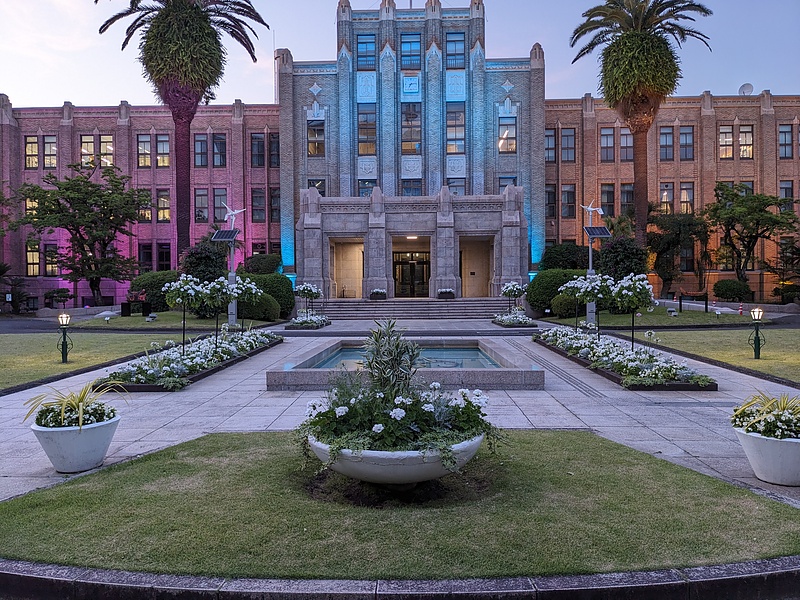IEICE technical committee meeting of Wideband Systems at Miyazaki
I participated in the technical committee meeting of Wideband System of the Institute of Electronics, Information and Communication Engineers. The May study meeting was held jointly with the committees on High Reliability Control Communication, Satellite Communication, and Healthcare and Medical Information Communication. The meeting was held at the KITEN Convention Hall in front of JR Miyazaki Station of Japan.
I took the Shinkansen from Hiroshima to Kagoshima Chuo Station, and then took the Kirishima limited express train from Kagoshima Chuo Station to Miyazaki Station. I have taken the Kirishima limited express train before (/en/2019cs-csws-kirishima/).

While I was waiting for the train to depart at Kagoshima Chuo Station, the limited express train “Ibusuki no Tamatebako (smoke box)” from Ibusuki arrived on the opposite platform. Ibusuki is famous for its sand bath hot springs, and the smoke from the hot springs is a symbol of Ibusuki. The gimmick of smoke coming out at the same time as the door opens is very fun.

Immediately after departing from Kagoshima Chuo Station, you will see Sakurajima to the right of the train. If you are taking the Kirishima Express, we recommend that you reserve seat A on both the outbound and return journeys.
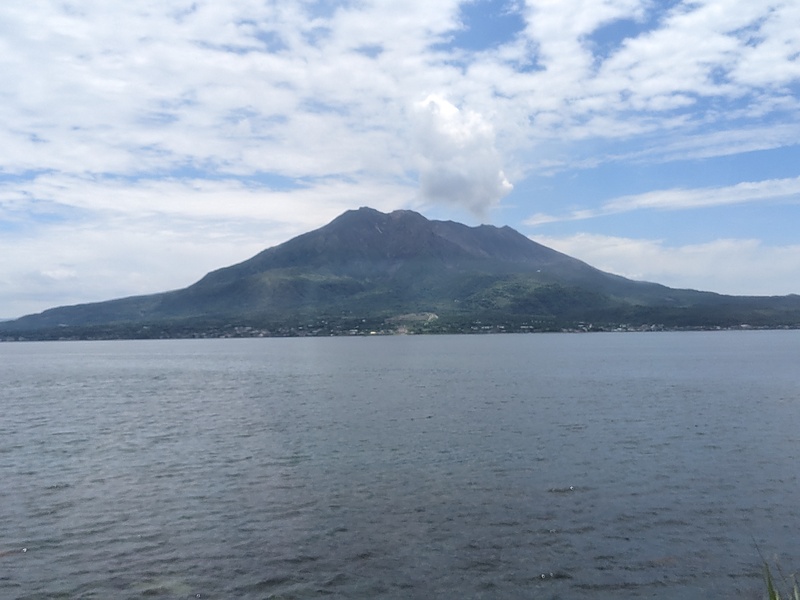
The venue for this symposium, KITEN Miyazaki (foreground of photo), was located right next to Miyazaki Station (right side of photo).
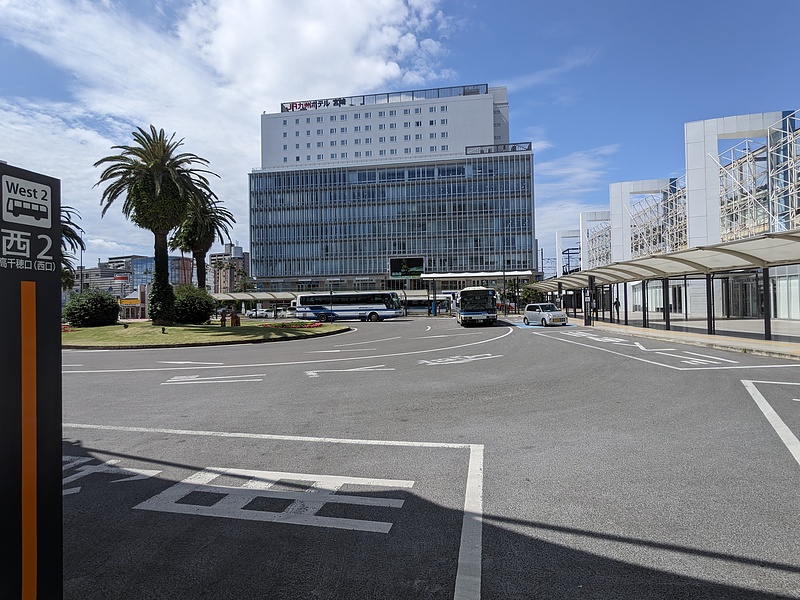
This is the main entrance display.
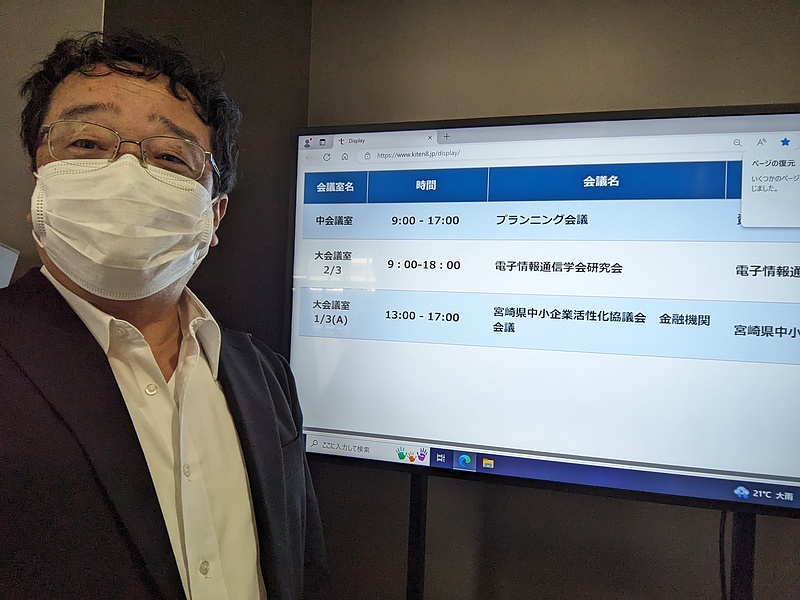
The venue was clean and comfortable. KITEN Miyazaki is connected to the JR Kyushu Hotel, so we had a delicious lunch during the lunch break.
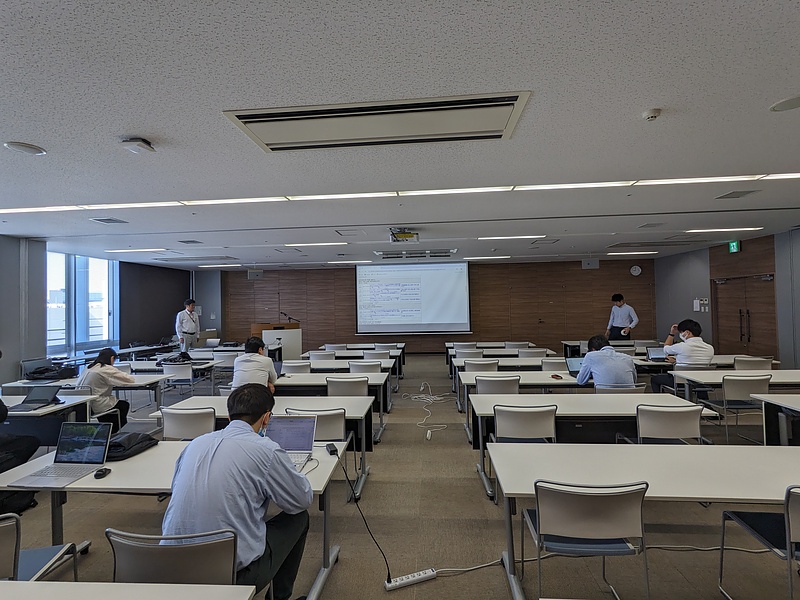
I listened to research presentations on radar, artificial satellites, radio wave modulation and demodulation methods, energy transmission in space, non-terrestrial networks, and I also gave a presentation titled “PPP-B2b augmentation messages broadcast by the positioning satellite BeiDou.”
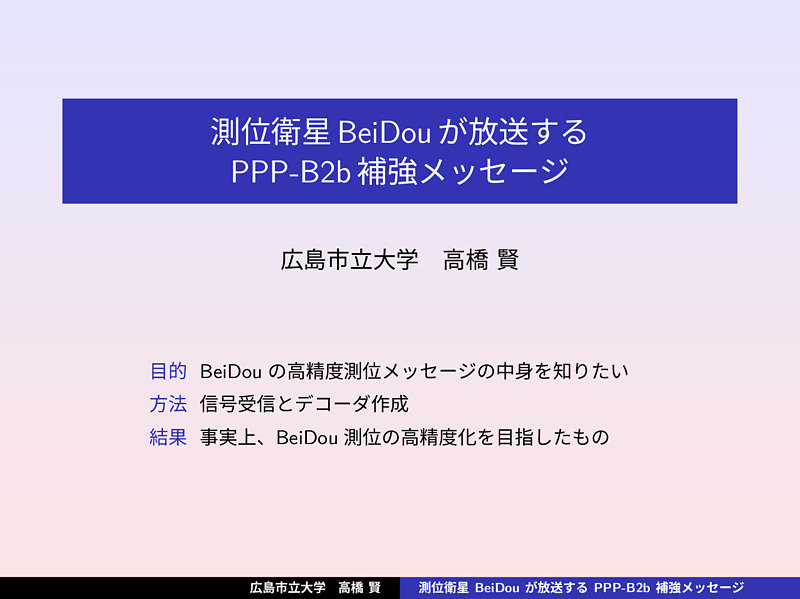
There is the Miyazaki Science Museum near Miyazaki Station. I arrived in Miyazaki at 2pm the day before the meeting, so I went to the museum.
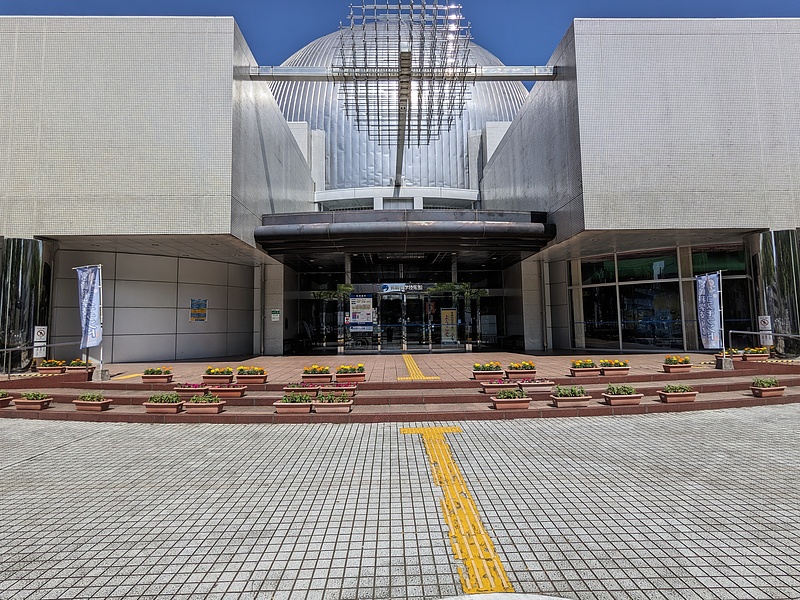
This is the Gemini capsule, a full-scale experimental model. The Gemini capsule was used in the Gemini program, which preceded the Apollo moon landings. We can even get in the cockpit.
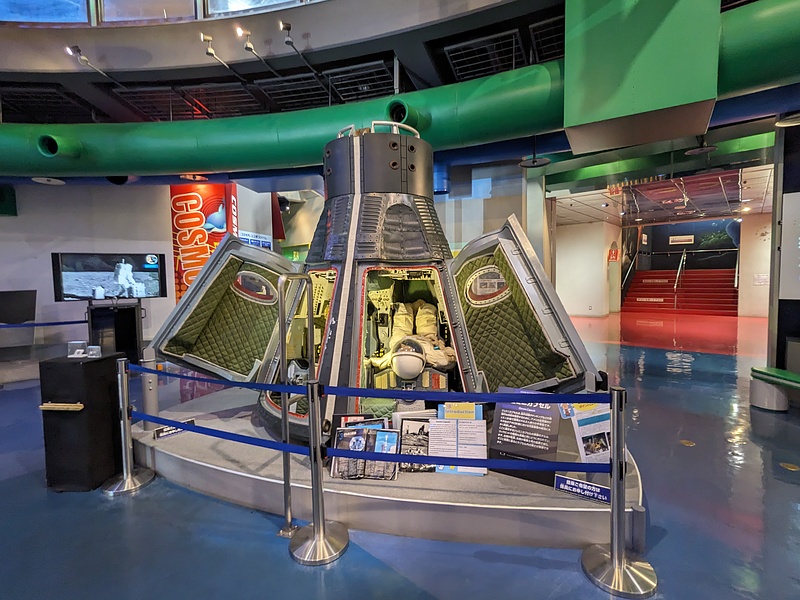
This is the instrument inside the Gemini capsule. You lie down in the cockpit and use the stick on the right to control the spacecraft. It must require very advanced skills to use this horizontal axis while looking outside through this small window.

This is the instrument located to the right of the cockpit.
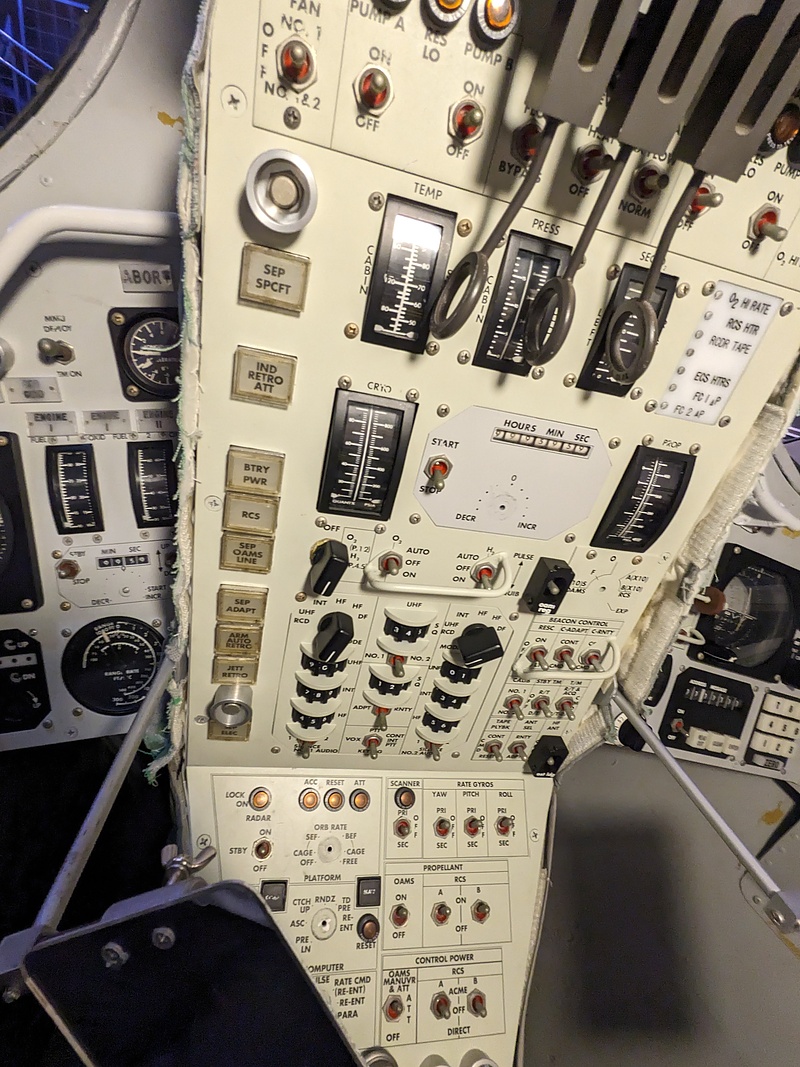
There was also a display of Antarctic rocks, which we can touch.
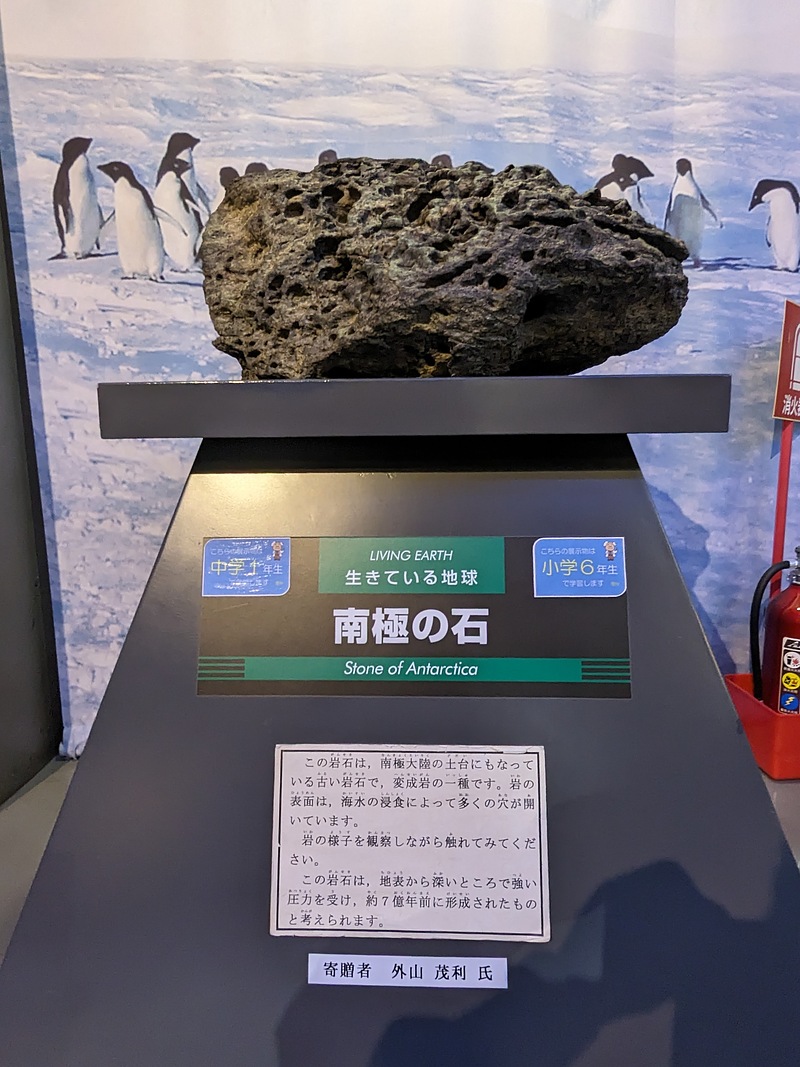
On the first floor, there was a full-scale model of the Apollo 11 lunar lander Eagle. This full-scale model can only be found at the Miyazaki Science Museum and the Smithsonian Museum in the United States.

On the second floor, there was a model of the Engineering Test Satellite ETS-V, a satellite that is familiar to researchers of mobile wireless communications.
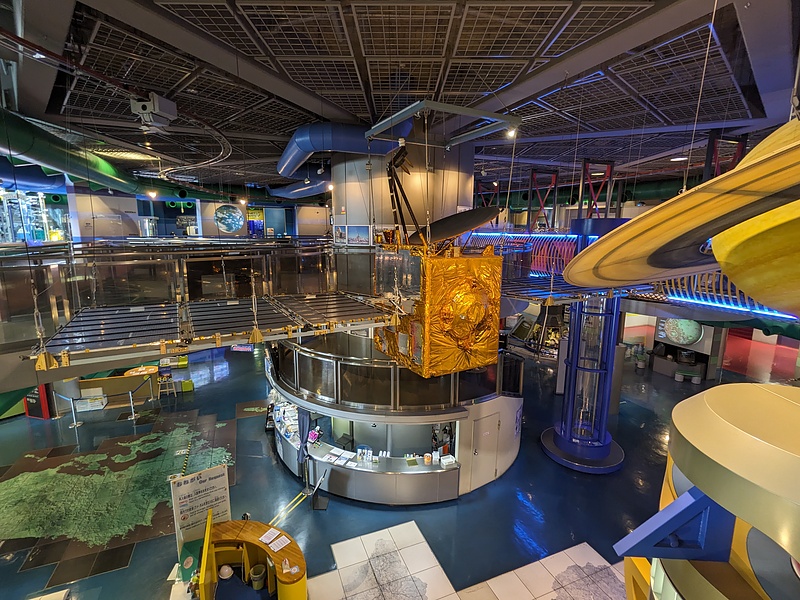
There was also information about the launch of JAXA’s H3 rocket No. 3 (H3F3) and information about the satellite Daichi-4 (ALOS-4) that will be carried on board.

Miyazaki Science Museum also has the planetarium Super Helios, which was once the world’s best. I made it in time for the last showing, so I went to see it. On the third floor, where the planetarium is located, there is also an autographed card from astronaut Naoko Yamazaki on display.
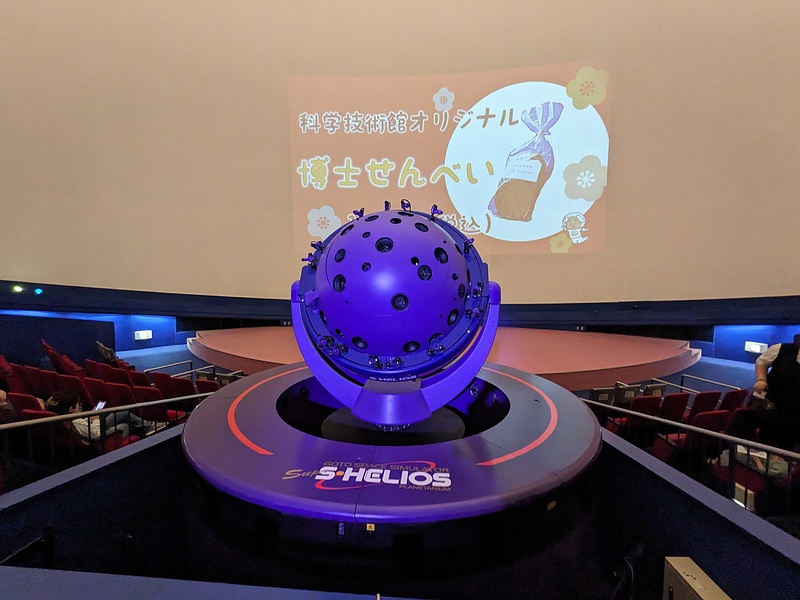
This is the streetscape of Miyazaki. Palm trees enhance the tropical atmosphere.
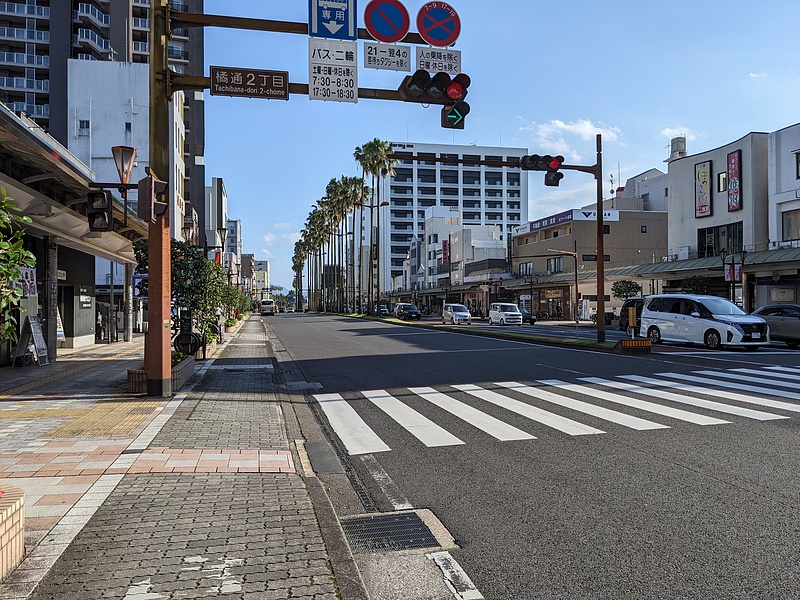
The hot spring named “Tamayura” is famous in Miyazaki. When I visited Miyazaki about 20 years ago, there were many places where I could take a day trip to bathe, and I enjoyed several hot springs. This time, I don’t think I saw much information about it.
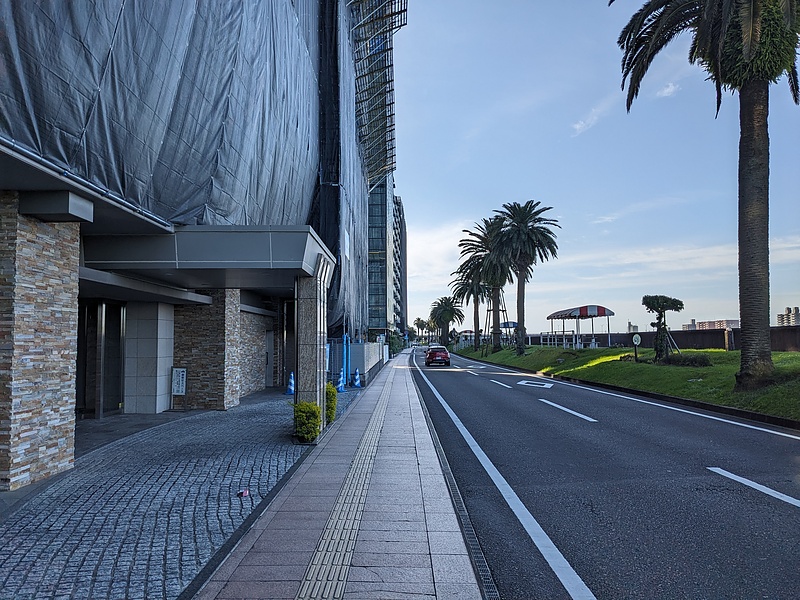
At night, the Miyazaki Prefectural Office is lit up and is beautiful.
